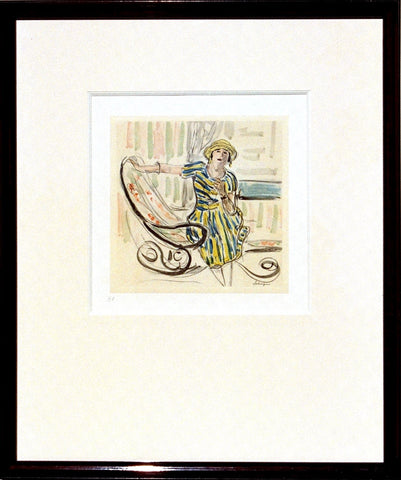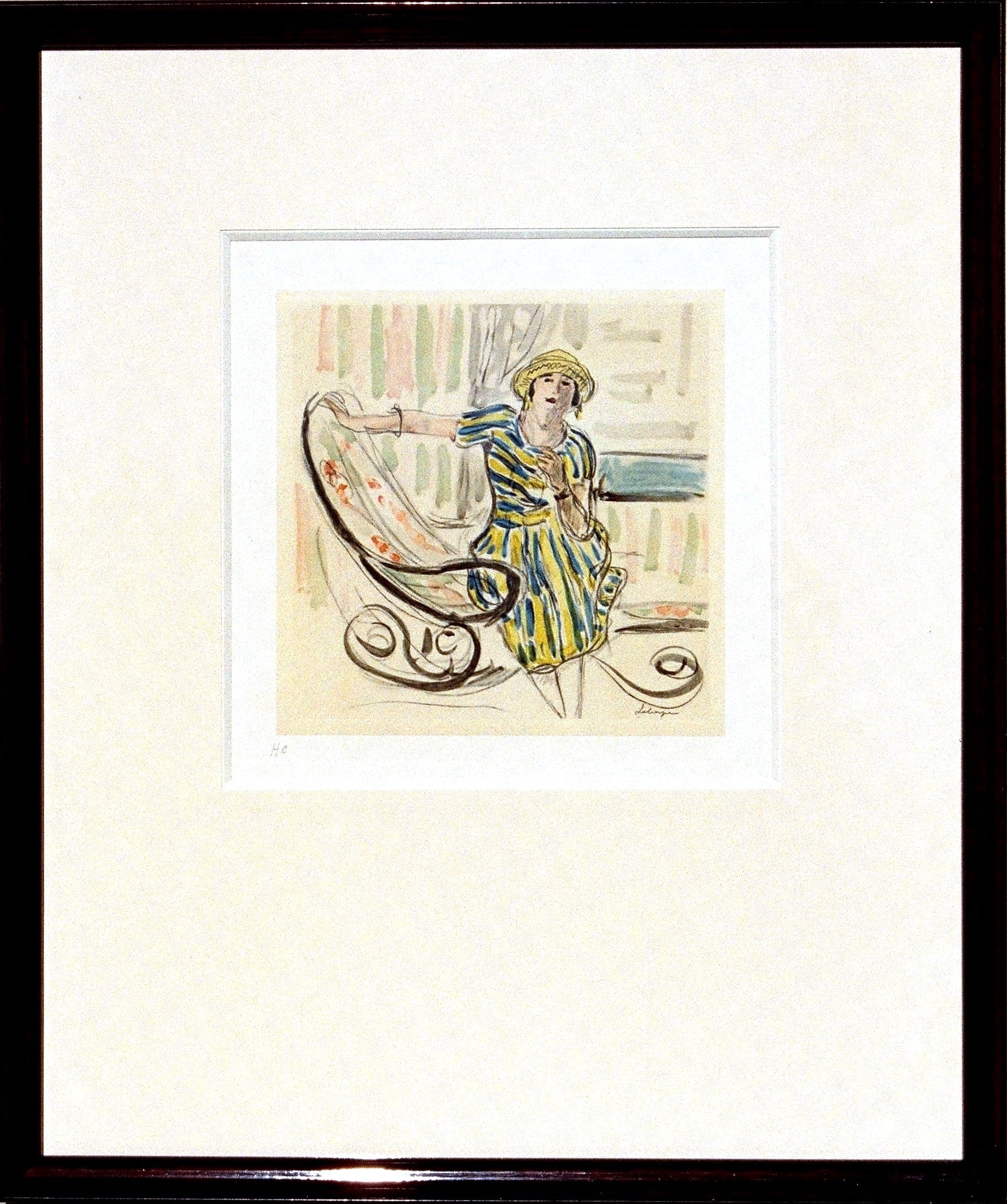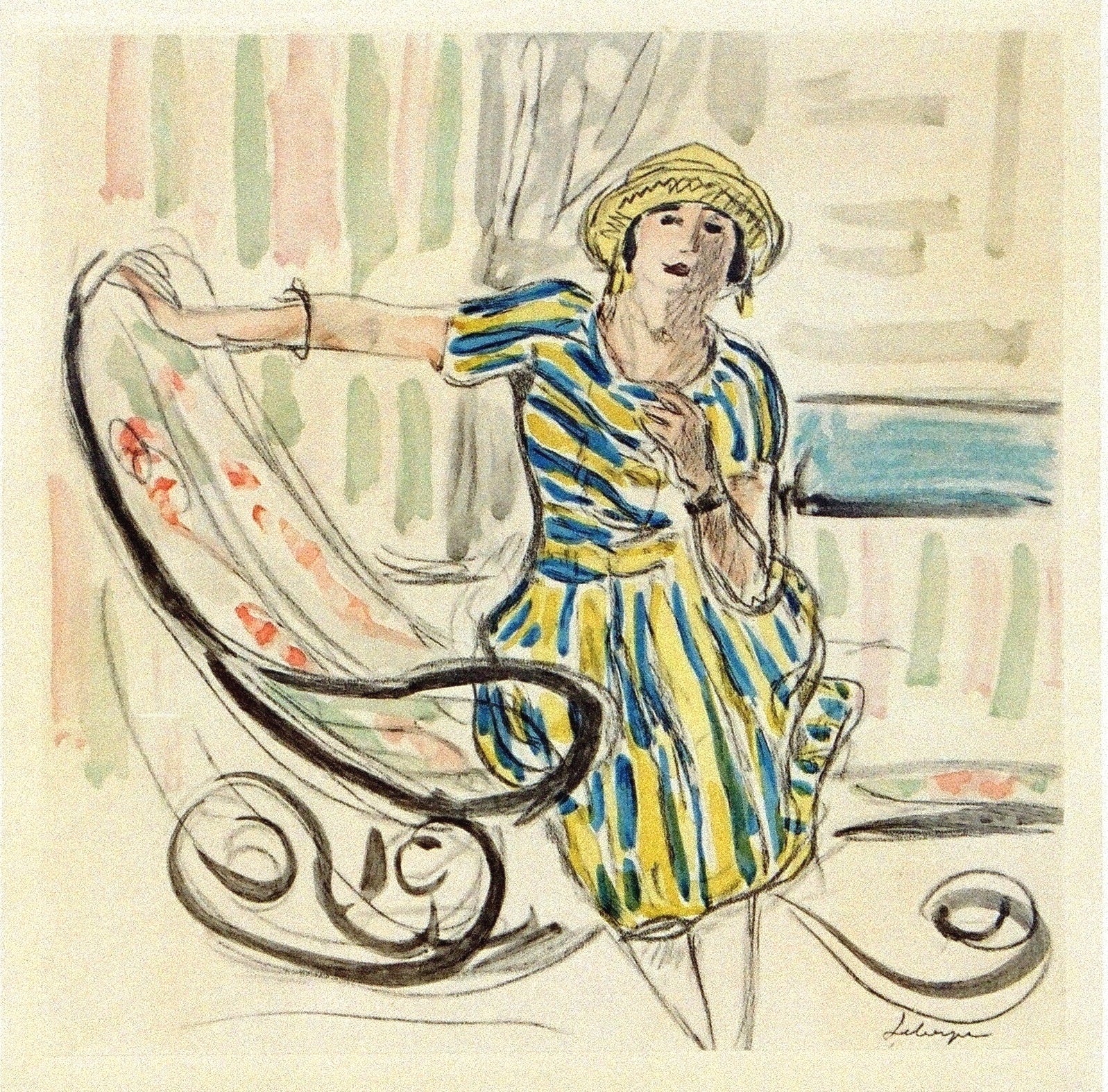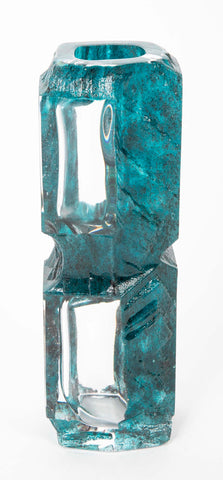

Fontainebleau Fine Art
LEBASQUE, Henri (French, 1865-1937) “The striped Dress” – 1925
$0.00
Call For Location | 203-325-8070


Fontainebleau Fine Art
LEBASQUE, Henri (French, 1865-1937) “The striped Dress” – 1925
Signed Lebasque in the plate (lower right) and counter signed in pencil H.l (lower left)
Chromolithograph executed with the “Jacomet” technic after an original watercolor by Henri Lebasque from the portfolio published by René Kieffer, 18 rue Séguier, Paris in 1925 – Excellent condition, no foxing, no toning and no fading
10 ¼ x 10 ⅜ in plate mark (26 x 26,5cm)
24 ⅝ x 20 ⅝ in framed (62,5 x 52,5 cm)
Beautiful custom-made, handcrafted, mahogany French frame with archival quality beveled French mat
Lebasque, one of the most acclaimed French Post-Impressionist artists, is known as the "painter of joy and light." The artist was academically trained at the École des Beaux-Arts in Paris. There, Lebasque started studying under Léon Bonnat, and assisted Ferdinand Humbert with the decorative murals at the Panthéon. Around this time, Lebasque met Camille Pissarro and Auguste Renoir, who later would have a large impact on his work.
Lebasque's vision was colored by his friendship with younger painters, especially Édouard Vuillard and Pierre Bonnard, founders of the Nabis' Group who were the Intimists that first favored the calm and quietude of domestic subject matters. From his first acquaintance with Georges Seurat and Paul Signac, Lebasque learned the significance of a color theory which stressed the use of complementary colors in shading.
During this time, Lebasque began participating in the annual art society exhibitions and the Paris Salons. Lebasque was a founding member of the Salon d'Automne in 1903 with his friend Henri Matisse. The artists who exhibited there include Georges Rouault, André Derain and Édouard Vuillard.
In 1912, the salon exhibited works by a group of artists who became known as "Les Fauves" (the wild beasts) which coined the name of a new art movement “Le Fauvisme” (fauvism), a style Lebasque would later adopt. This term came from the loudness of the color palette of primary colors the artists used. However, there was a subtler effect in Lebasque's works than in the works of other Fauvist artists. He was championed by critics for the intimacy of his themes and the joy in his forms and palette.
The artist was commercially successful during his lifetime and he still is heavily sought after by collectors.
Lebasque also became friends with artists such as Raoul Dufy, Louis Valtat, and Henri Manguin, the last of whom introduced Lebasque to the south of France. That would lead to a radical transformation in Lebasque’s paintings, changing his color palette forever.
In 1924, he moved to Le Cannet on the French Riviera, where he lived until his death in 1937.
- Museums: Lebasque's works can be found in many important public and private institutions around the world, including the Musée du Louvre and the Musée d’Orsay in Paris, the Thyssen-Bornemisza Museum in Madrid, the National Museum of Western Art in Tokyo, the Harvard University Art Museum in Boston…
- Literature:The artist is listed in all major art reference books (Benezit, Mallet…) and his work has been the object of numerous monographs.
The Catalogue Raisonné of the artist’s work is handled by Denise Bazetoux, France since 1988





